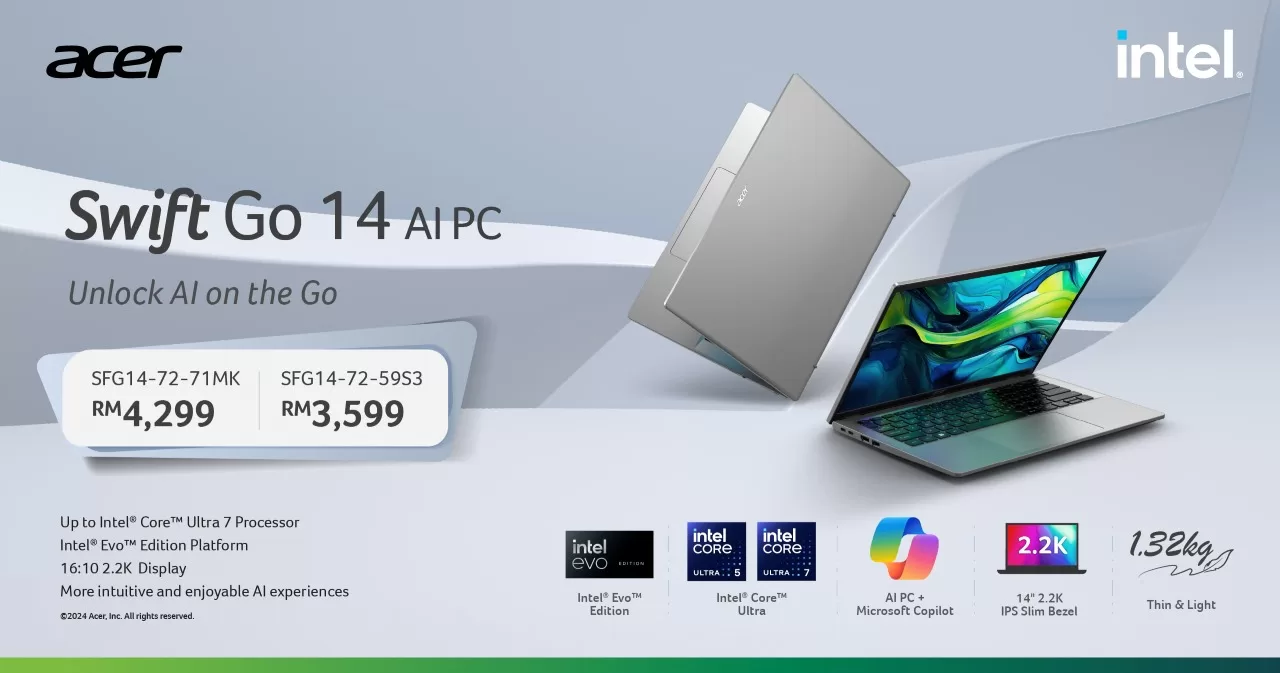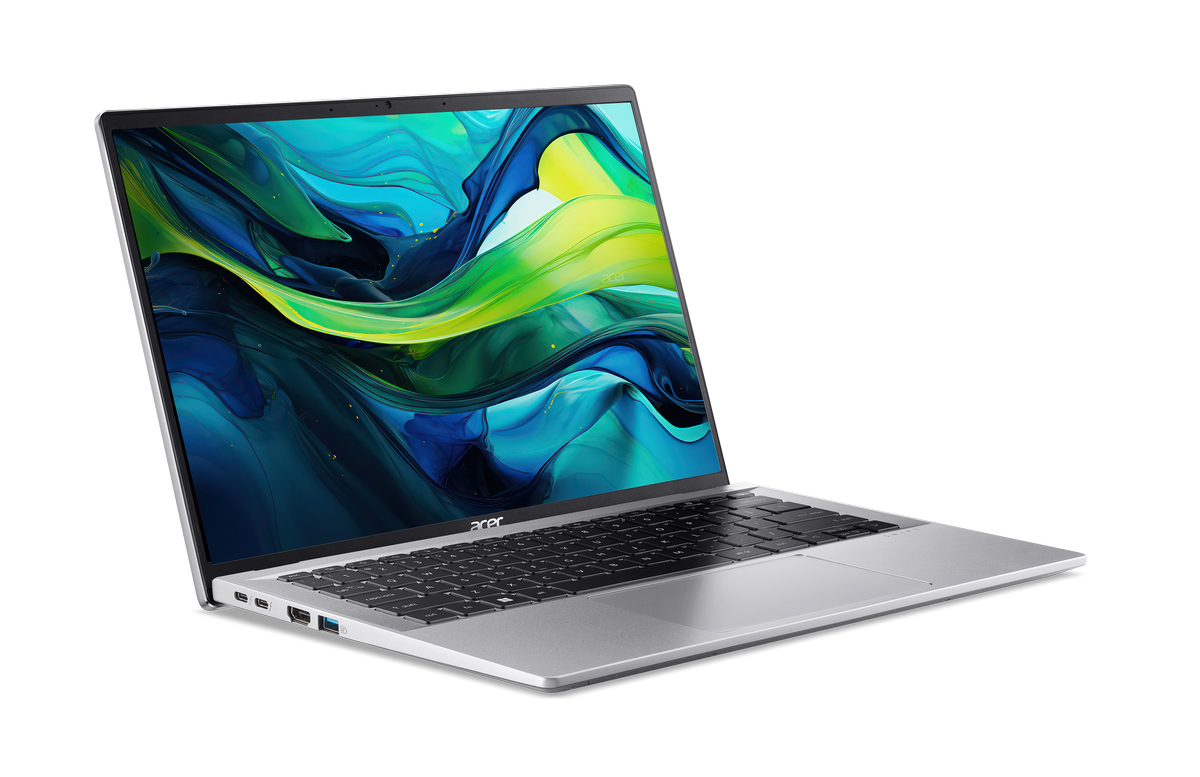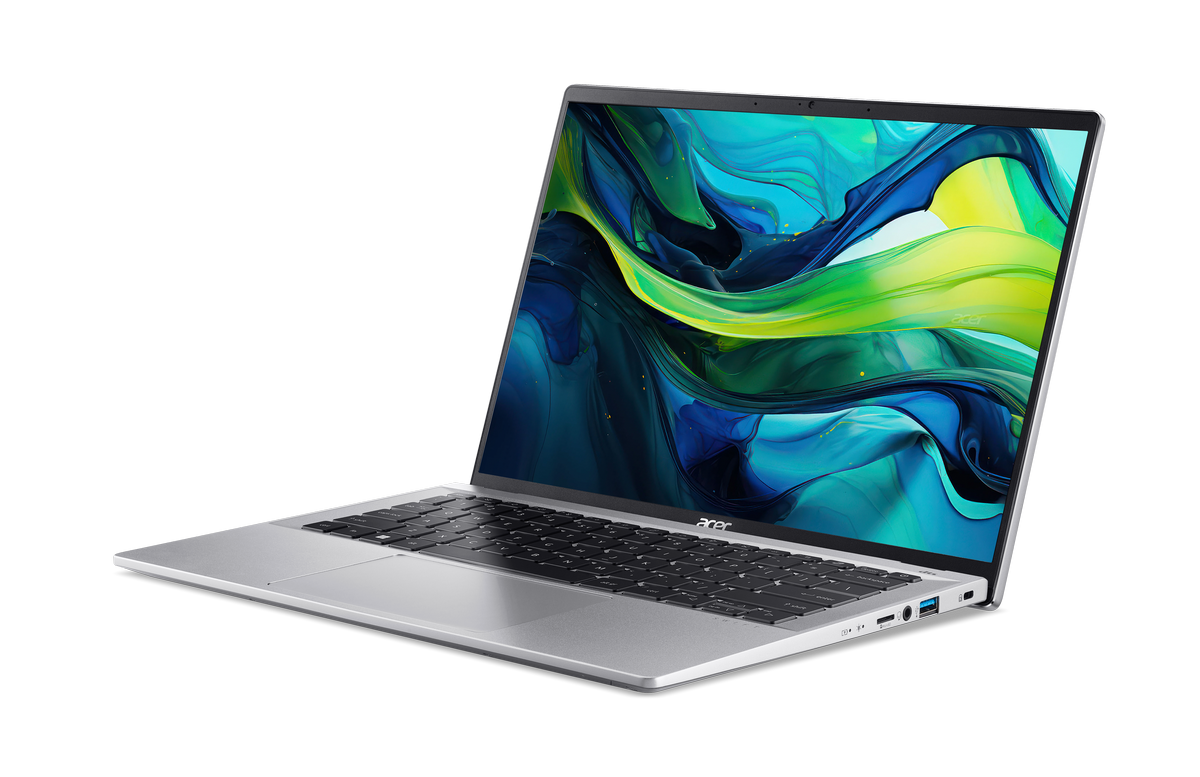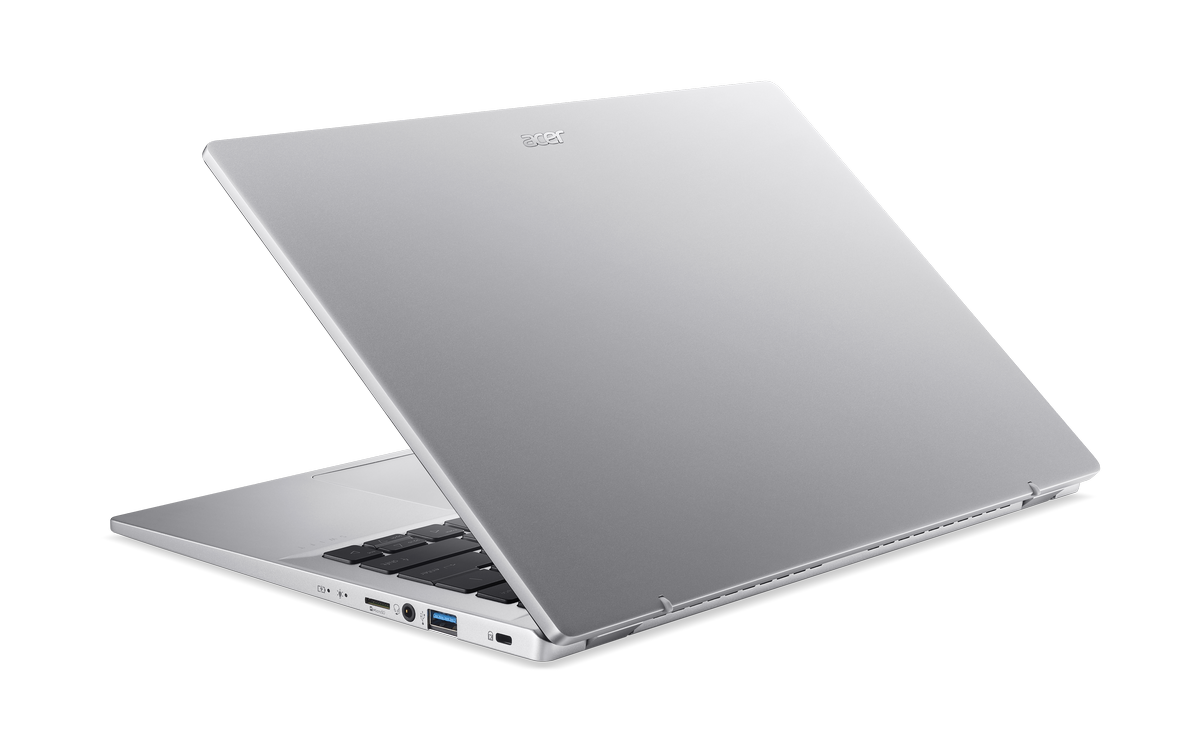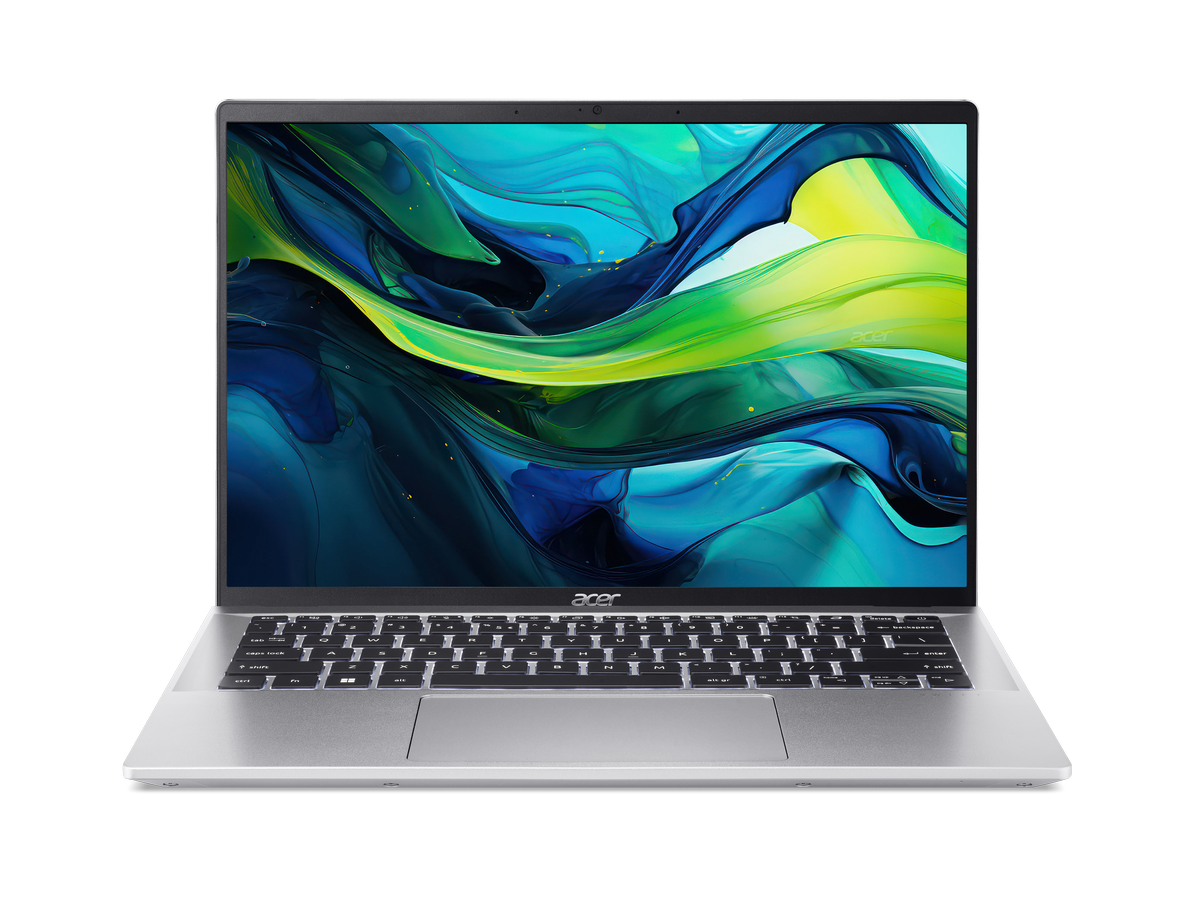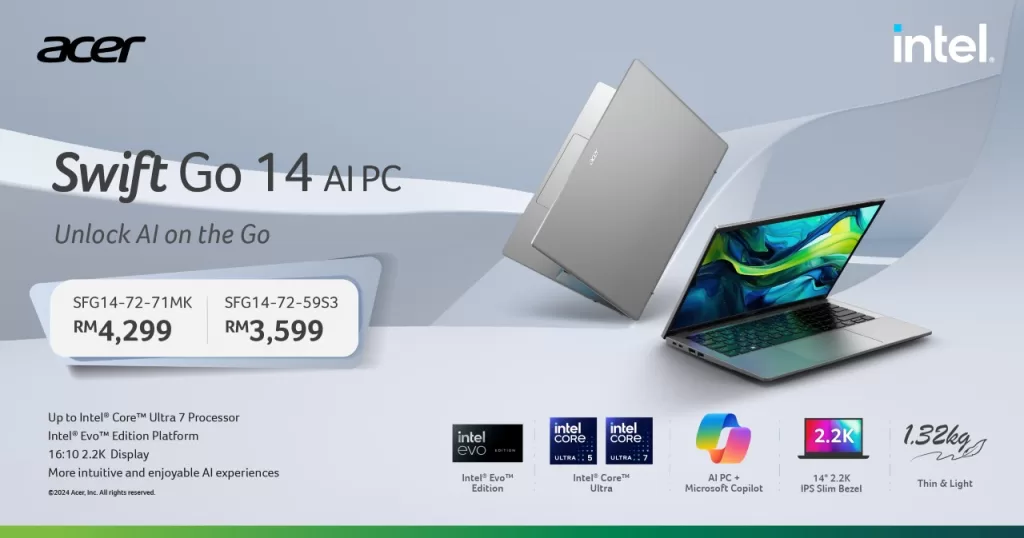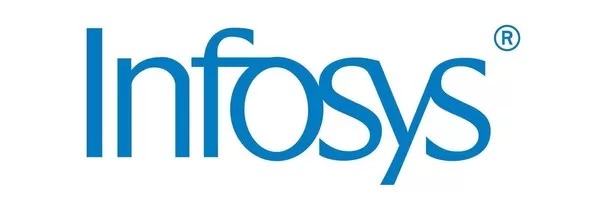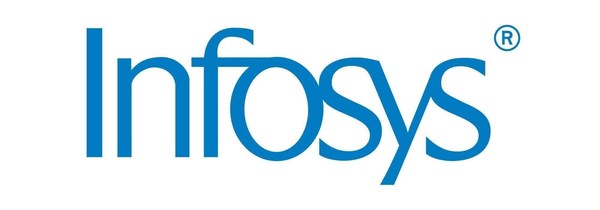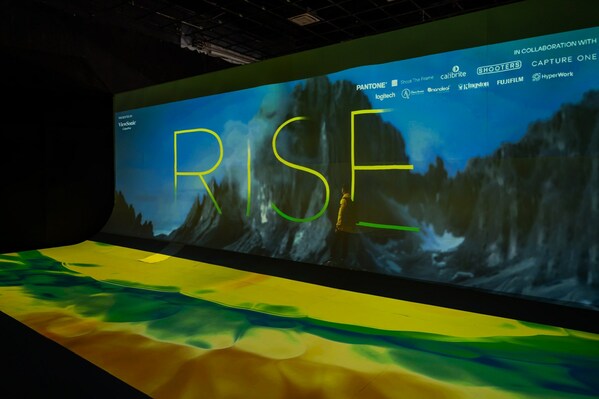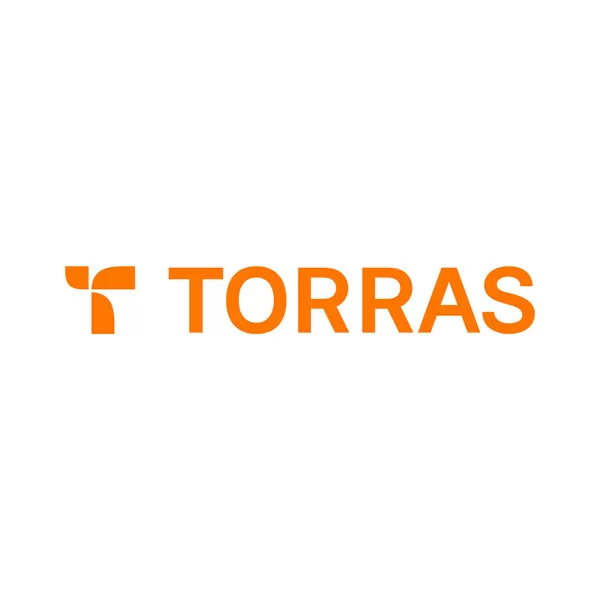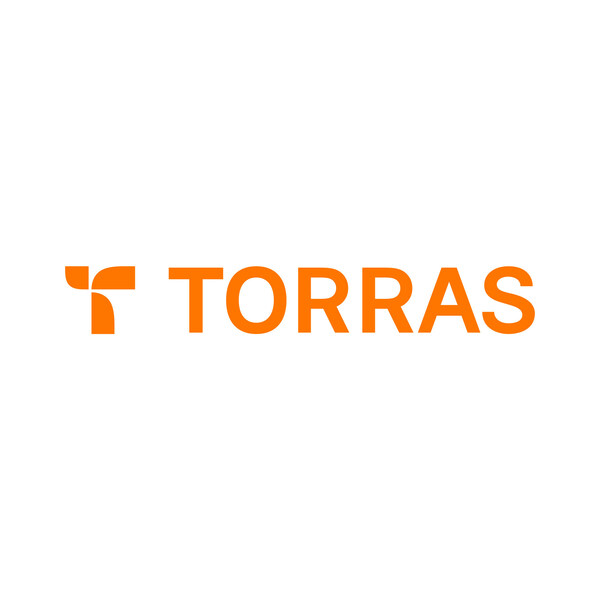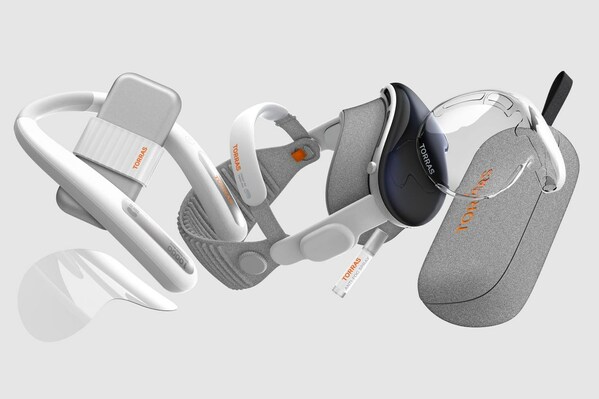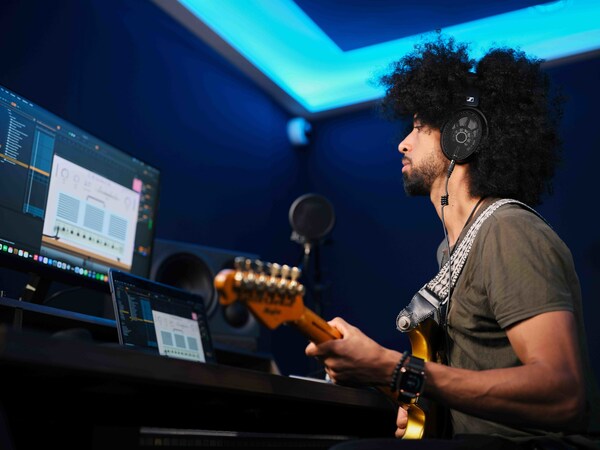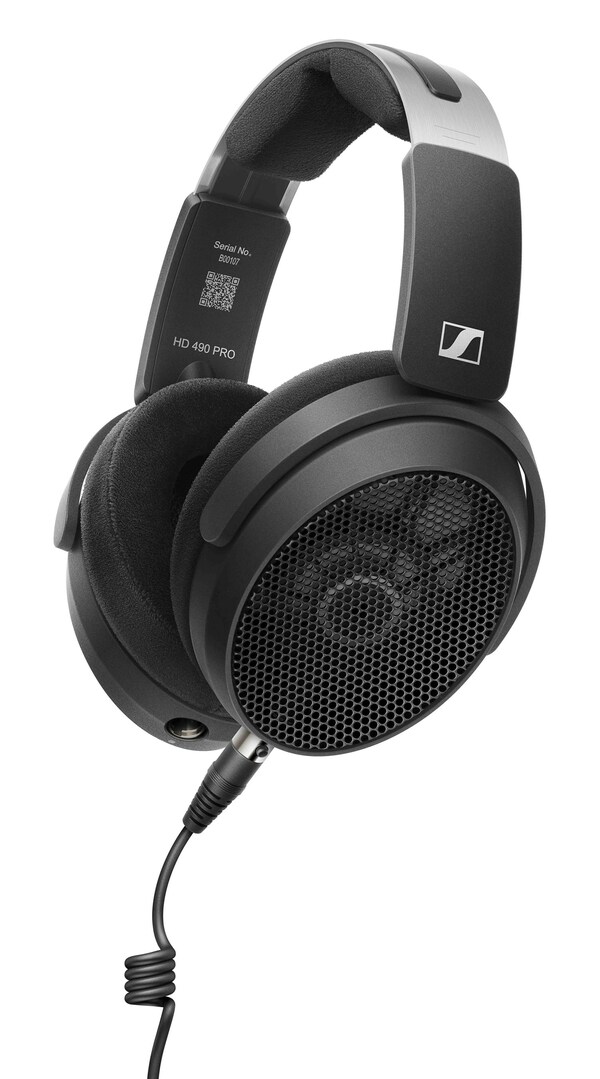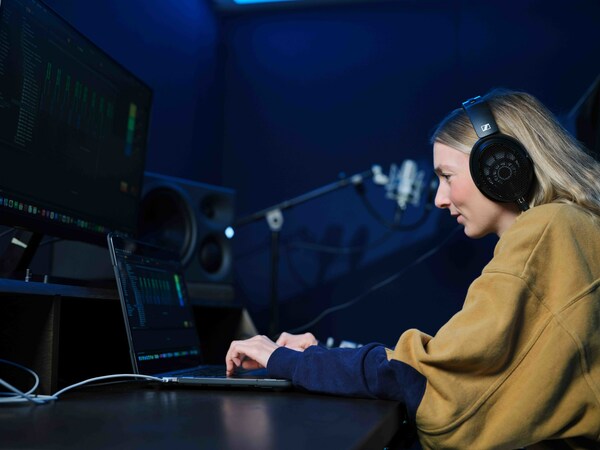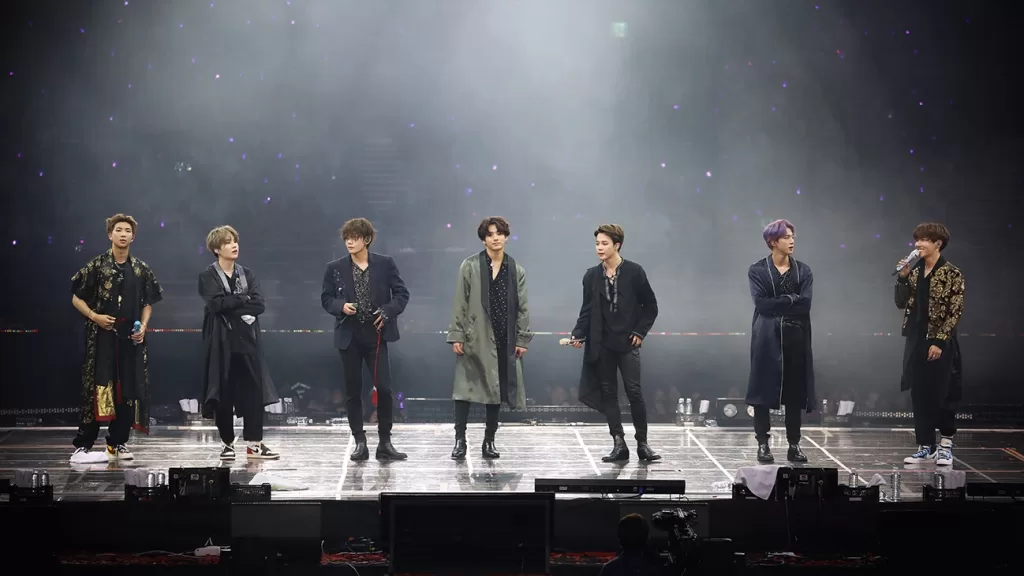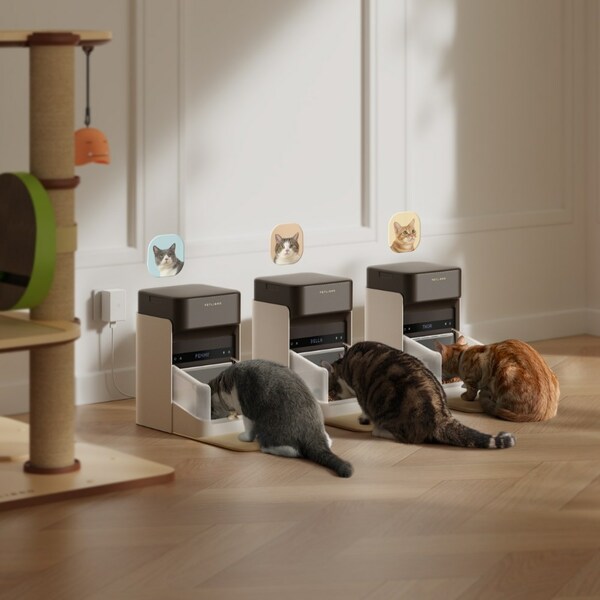SYDNEY, Jan. 30, 2024 /PRNewswire/ — Cloudwerx, an APAC Salesforce Summit partner, today announced the acquisition of Lightfold, a top-tier data analytics and artificial intelligence (AI) consultancy.
The acquisition is a strategic expansion of Cloudwerx’s capabilities, combining its robust Salesforce and automation solutions with Lightfold’s innovative approach to data analytics and AI. Cloudwerx is well positioned to deliver highly innovative solutions to its customers across the APAC region.
The deal is Cloudwerx’s first acquisition proceeding the investment from leading Australian growth fund, CVC Emerging Companies, in May 2022.
“Cloudwerx’s acquisition of Lightfold unlocks new and exciting opportunities for our customers, who can now access AI and customer data tools to drive organisational improvement. This partnership is set to redefine the landscape of tech consulting, by providing our clients with a broader range of advanced, data-driven services to maintain a competitive edge. Both companies share a vision for driving business transformation through advanced technology, making this partnership a natural fit,” said Toby Wilcock, CEO of Cloudwerx.
Lightfold is a leader in the deployment of the ‘modern data stack’ – the collection of next-generation cloud data and AI solutions. The modern data stack is growing rapidly worldwide as both a replacement of legacy business intelligence tools as well as a critical enabler for the rise of large language models (LLMs) and AI within an organisation. Lightfold works with organisations across sectors such as financial services, telecommunications, retail and consumer goods, and high tech.
“The future of competitive business advantage lies in the ability to utilise cloud-based systems that integrate customer information to surface insights and inform business decisions. At the heart of this transformation are pioneers like Cloudwerx and Lightfold, whose complementary strengths open up new possibilities. We believe that Lightfold’s tools combined with Cloudwerx’s team of expert consultants will offer the most advanced business solutions on the market,” said John Cosgrove, Founder and CEO of Lightfold.
“Lightfold has been a long term strategic partner of Cloudwerx, the acquisition complements our strategic investment in data analytics and AI technologies. The combination of the two businesses will enable Cloudwerx to unlock operational efficiencies and deliver insight that our customers had never thought possible. Together we are excited to be offering real world data analytics and AI solutions as one highly specialised team,” said Roger Burgess, Non-Executive Chairman and Co-Founder of Cloudwerx.
Following the acquisition, Cloudwerx will continue its focus on mid-market and enterprise businesses in the retail and consumer goods, financial services, high tech and health, and life sciences industries among others, to accelerate growth through best in class cloud technology consulting services and solutions.
About Cloudwerx
Cloudwerx, a Summit Salesforce Partner, is redefining the digital transformation landscape in the APAC region. We specialise in Salesforce solutions, integrating leading cloud platforms to drive business growth and operational efficiency. At the core of our strategy is a deep commitment to client-centric solutions, ensuring each technology strategy is uniquely aligned with our clients’ objectives. Our comprehensive suite of services includes strategic advisory, platform implementation, advanced data and systems integration, automation and managed services. Cloudwerx is dedicated to steering businesses towards a digitally empowered future, acting not just as consultants but as strategic partners in transformation and growth. Visit: https://cloudwerx.co/
About Lightfold
At Lightfold, we’re experts in harnessing the Modern Data Stack to elevate your data’s potential and optimise the customer experience. We craft bespoke assets ranging from intuitive dashboards and predictive AI models to comprehensive customer data platforms. Our goal is to empower your team and drive your business forward with data-driven precision and innovation. Visit: https://lightfold.com.au/


